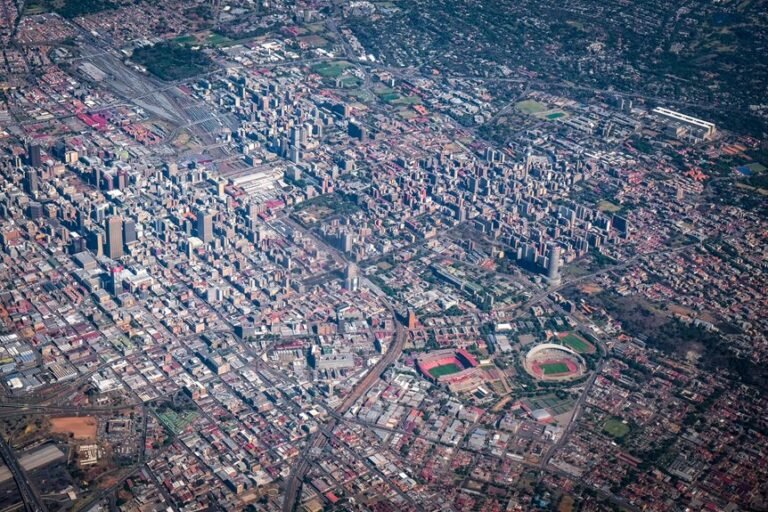Mutf_In: Tata_Nift_Midc_1oq9wvg
Mutf_In: Tata_Nift_Midc_1oq9wvg represents a significant shift in the textile and fashion industry towards sustainability and innovation. This initiative emphasizes the use of eco-friendly materials and practices, aiming to minimize environmental impact. Furthermore, it seeks to enhance local economies through community collaboration. However, the effectiveness of these strategies and their long-term implications remain to be fully examined. What challenges and opportunities lie ahead for Mutf_In in achieving its ambitious objectives?
Vision and Goals of Mutf_In
The vision and goals of Mutf_In reflect a strategic commitment to fostering innovation and sustainability within the textile and fashion industry.
This initiative emphasizes vision clarity and strategic alignment, ensuring that all stakeholders are unified in their pursuit of ethical practices and creative advancements.
Innovative Design and Sustainability Practices
While many industries face increasing pressure to adopt sustainable practices, Mutf_In stands out by integrating innovative design with environmental responsibility.
The organization utilizes sustainable materials and employs eco-friendly processes that minimize waste and reduce carbon footprints.
This commitment not only enhances product aesthetics but also aligns with the growing consumer demand for environmentally conscious solutions, positioning Mutf_In as a leader in sustainable innovation.
Community Engagement and Collaboration
Recognizing the importance of community engagement, Mutf_In actively fosters collaboration with local stakeholders to enhance its social impact.
Through targeted community outreach, the organization establishes meaningful partnership initiatives that strengthen ties within the community.
These efforts not only empower residents but also promote collective action, ensuring that Mutf_In’s initiatives align with the needs and aspirations of the local population.
Impact on the Local Economy and Environment
Mutf_In’s initiatives have a significant impact on both the local economy and environment, as they integrate sustainable practices into their operations.
By promoting environmental sustainability, Mutf_In fosters economic growth through job creation and support for local businesses.
These efforts not only enhance community well-being but also encourage a balanced relationship between development and ecological stewardship, ultimately benefiting the region’s economic landscape.
Conclusion
In conclusion, Mutf_In exemplifies a transformative approach to the textile and fashion industry, merging sustainability with innovative design. By prioritizing eco-friendly practices and community collaboration, it not only addresses consumer demands but also fosters local economic growth. As Mutf_In continues to lead the charge in responsible fashion, one must ponder: what if every initiative followed this model of ethical engagement and environmental stewardship? Such a shift could redefine not just fashion, but the very fabric of our society.






